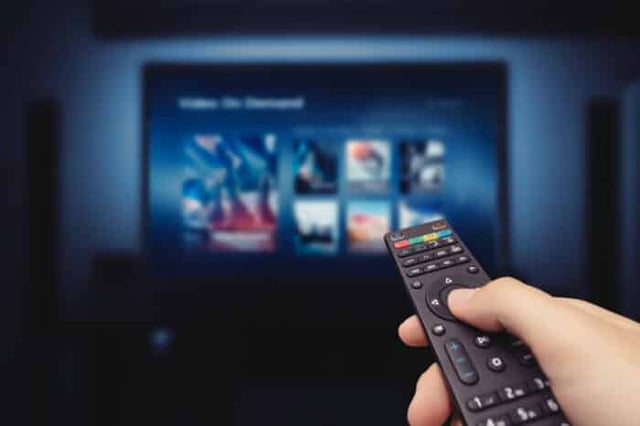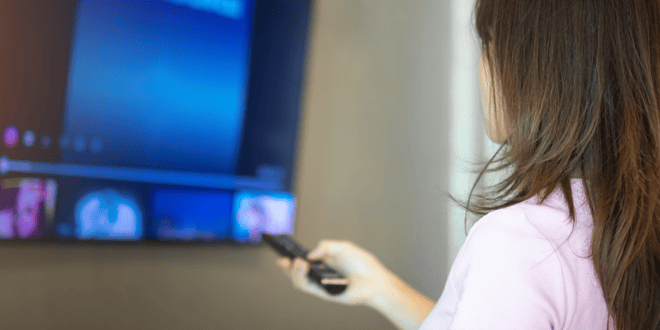For years, on-demand TV content has been wiping the floor with audiences. But when we talk about media and audience measurement, we’re talking about a category that encompasses all devices and content. It’s a highly dynamic, constantly changing field.
Consequently, planning a 2022 media budget based on consumption can represent a serious challenge. Without the right technology, shortcomings in audience measurement become increasingly pronounced.
This is due to digital disruption and the increase in results-based publicity. Even more relevant is the rapid, mass fragmentation of audiences taking place among a growing number of media channels, providers, and devices.
Fortunately, technological advances have come to the rescue, enabling us to face the market’s new challenges head-on. Below, we will introduce you to an innovative new tool that is expected to be this year’s biggest trend in audience measurement.
Audience Measurement and Recent Advances
There is no shortage of tools and solutions that provide automated data integration, but the time and effort required by that integration remain a challenge. Professionals have experienced the twists and turns stemming from the pandemic first-hand, from the impossibility of dispatching teams to conduct surveys to the reliability of surveys that are now conducted online.
For marketing specialists and analysts, this should be a wake-up call. With more and more data available, distributed in more and more locations, effective measurements are essential.
It’s time to replace manual, isolated data manipulation and transition to a new era of audience measurement.
Audio-Matching: The Tools for a 360º View of Your Consumer
If we set aside the challenges, verified audience measurement is the clear strategic focus for marketing in 2022.
Thus, Netquest has joined forces with Fluzo to introduce an innovative solution for measuring marketing-campaign effectiveness: audio-matching.
What Does Audio-Matching Do?
Audio-matching is a monitoring tool that uses audio technology to identify real exposure to a sample of different marketing ads. By capturing ambient sound, it can understand the medium on which these ads are presented, and at what time.
For example, let’s say that on a normal day, someone is looking for a TV set.
- First, she visits five different e-commerce portals.
- Then she goes to see several models in person. She takes a taxi and hears three spot ads on the radio.
- As she looks out the window, she sees several billboards.
- She checks out a TV at a brick-and-mortar retailer, then returns home. She opens her laptop and, on YouTube, she consumes as many as four pre-roll ads.
- Finally, she buys a TV set.
Would you like to know how to measure each exposure and learn through which medium she was exposed to the advertising? Or, more importantly, would you like to learn how to conduct omnichannel measurement?
With audio matching, this is possible.
How Does Audio Matching Work?
This tool offers an efficient way to identify and compare data. To achieve this, we must first collect the “digital fingerprints” present in each piece.
Then, we conduct cross-media measurement through our single-source panel. This enables us to identify an individual’s exposure to the various media used by a marketing campaign. Furthermore, it allows us to conduct recall surveys to measure effectiveness.
Without a doubt, one of the most coveted functions is the ability to cross-reference this information with online behavior data, such as shopping carts and effective sales conversion. With georeferencing, it is even possible to know if a person moved through a given space where active campaign marketing is present.
Technology Used in Audience Measurement
Netquest and Fluzo focused all their attention on maximizing the efficacy of audience measurement. To achieve this goal, their system features three essential operating points:
-
Automatic Content Recognition (ACR)
Netquest uses an innovative technology known as Automatic Content Recognition that identifies the digital audio fingerprints provided by Fluzo.
-
Digital Audio Fingerprints
The audio signals generate a condensed digital summary. This is used to identify a specific sample from a multimedia clip.
-
Recognition Reach Across Devices
This technology can identify this signal regardless of the device that’s playing the content: TV, radio, tablet, laptop, etc.
Audio-Matching and How You Can Use It
Audience measurement requires all kinds of help to improve effectiveness and attain high-quality data. With this tool from Netquest, you get a host of functions that enable you to measure:
- TV and radio content impact. Based on high-quality data in order to estimate your audience and reach.
- Efficacy of TV, radio, and online marketing. Audio clips are the key to brand promotion: make sure you’re using the right data to assess and determine your marketing investment.
- Content audits. To help you define your content strategy based on people’s real behavior and interests.
- Media consumption and understanding of overlap. Learn where content is being consumed: on TV, the radio, or online. Discover overlapping channels used in the campaign.
Advantages for Audience Measurement
Getting a global vision of the consumer means holistically addressing their customer journey. With audio matching, you can go beyond the consumer’s opinion, which is the more traditional side of audience measurement.
You can learn every individual’s exact digital behavior, verifying their level of exposure and where they really encounter the conversion or sales funnel.
Audio matching also offers other advantages for audience measurement, including:
- Enabling you to create a customer-centric measurement. Obtaining digital behavior from a single individual, rather than a household.
- Real-time data capture in 24-hour periods that doesn’t rely on panelists’ memories.
- Automatic channel identification across TV, the radio, and the internet.
Audio-Matching Success Stories
Many times, Netquest has become a key collaborator on the road to effective audience measurement. Let us share two cases in which our audio-matching technology proved its worth:
Innovative Methods for Measuring Exposure to Operación Triunfo (OT) media
The popular Spanish talent show Operación Triunfo wanted to understand the context and motivations of their audience when it consumed their content. To achieve this, Netquest used audio files from OT's programs and compared them with the ambient sound captured via participants’ phones, looking for audio overlap.
Combining audio matching and surveys in this way revealed new consumption patterns in the digital and multiplatform world. This exact understanding of audience behavior enabled the program to adjust its offering.
Audience Measurement via Audio Matching for Squid Game
In this case, Netquest collaborated on an independent study with Fluzo to measure the Spanish audience for Squid Game, using Automatic Content Recognition (ACR) and our digital behavior panel to conclude that 38% of Spaniards older than 18 had seen at least one episode of the series; this percentage represents approximately 12,274,000 Spaniards who have collectively watched 98 million hours of the content.
When it comes to audience measurement, tools are only one side of the coin. For media and brands to succeed, they need to work together to achieve closed-loop measurement. In this way, they can determine the efficacy of individual marketing campaigns with precision.
At Netquest, we have something new to bring to this landscape. Our goal is for you to gain in-depth understanding of your consumer through a symphony of pooled data to ensure effective media and campaigns. If you want to learn more or make use of this cutting-edge technology, get in touch with us today!






